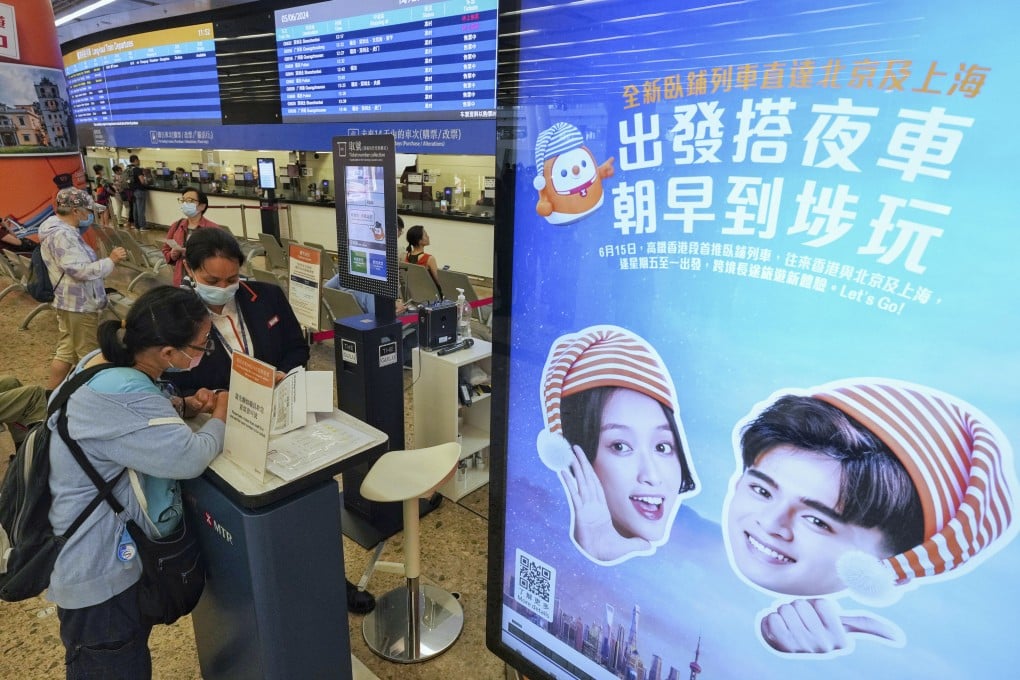Hong Kong travellers, industry players hail new high-speed sleeper train as ‘game changer’
- Reliability of schedules, internet access and appeal to those averse to flying among reasons for attractiveness of new train service

“Now that travellers can rest on the train and start their activities once they arrive at their destinations early in the morning, it gives them a lot more time to visit local attractions and their itineraries can be much richer,” said Moon Yau Moon-yee, assistant general manager at Sunflower Travel Services.
“The experience will be completely different,” he added, compared to flights.
Yau pointed out that many existing flights between Hong Kong, Beijing and Shanghai arrived at their destinations late in the morning or after.
“By the time travellers make their way to urban areas from the airport, it’s dusk and the day is almost over,” he said.
“So when people take, say, a five-day holiday, they really just have three full days of sightseeing and enjoying their trips because nearly two days are spent on travelling.”
